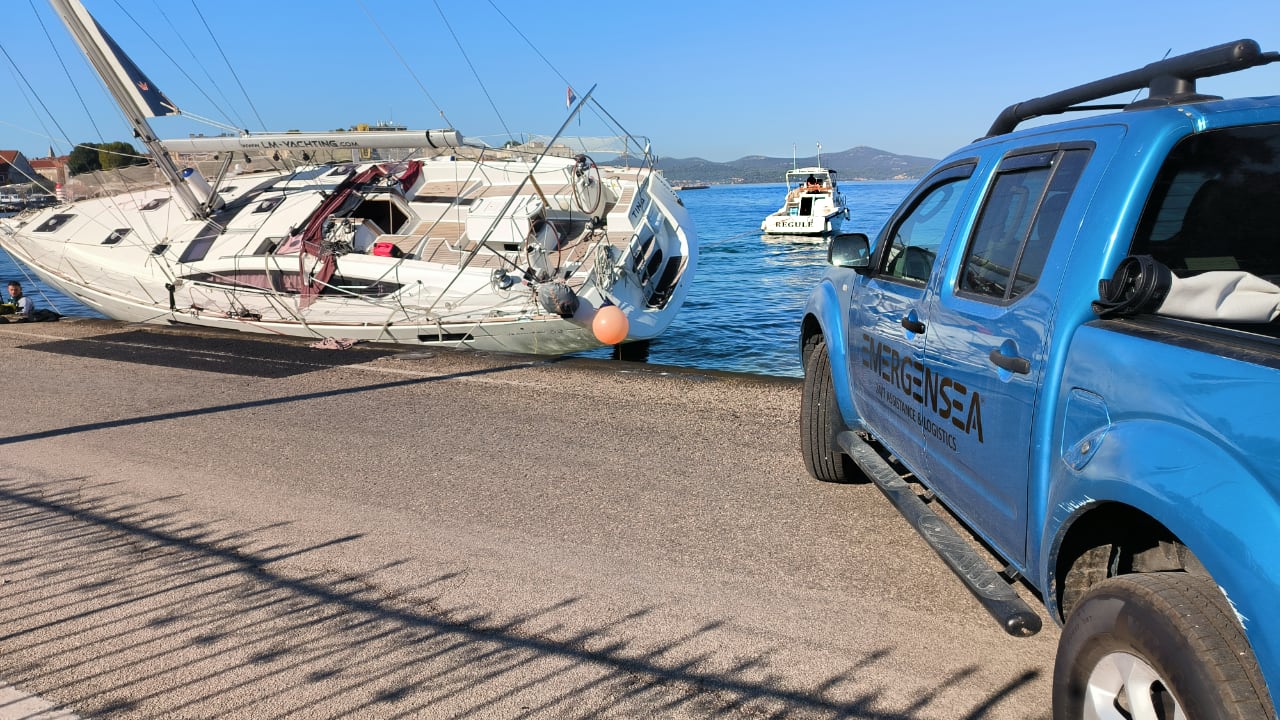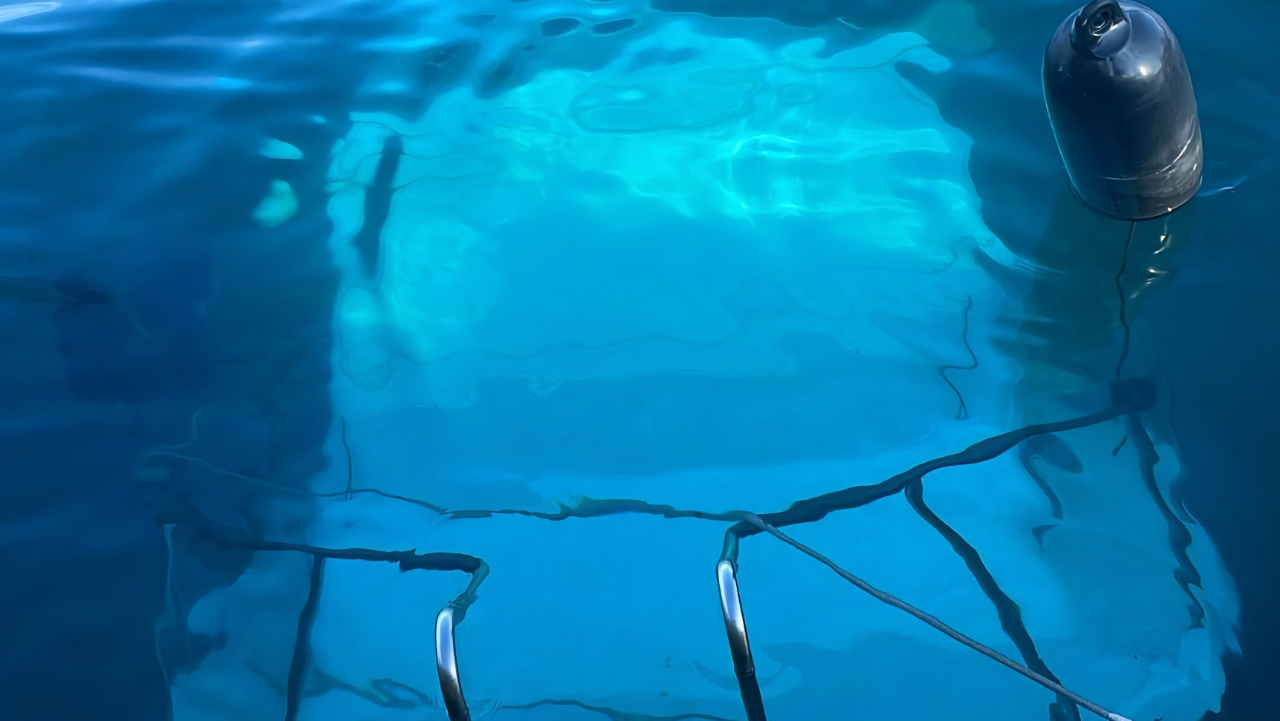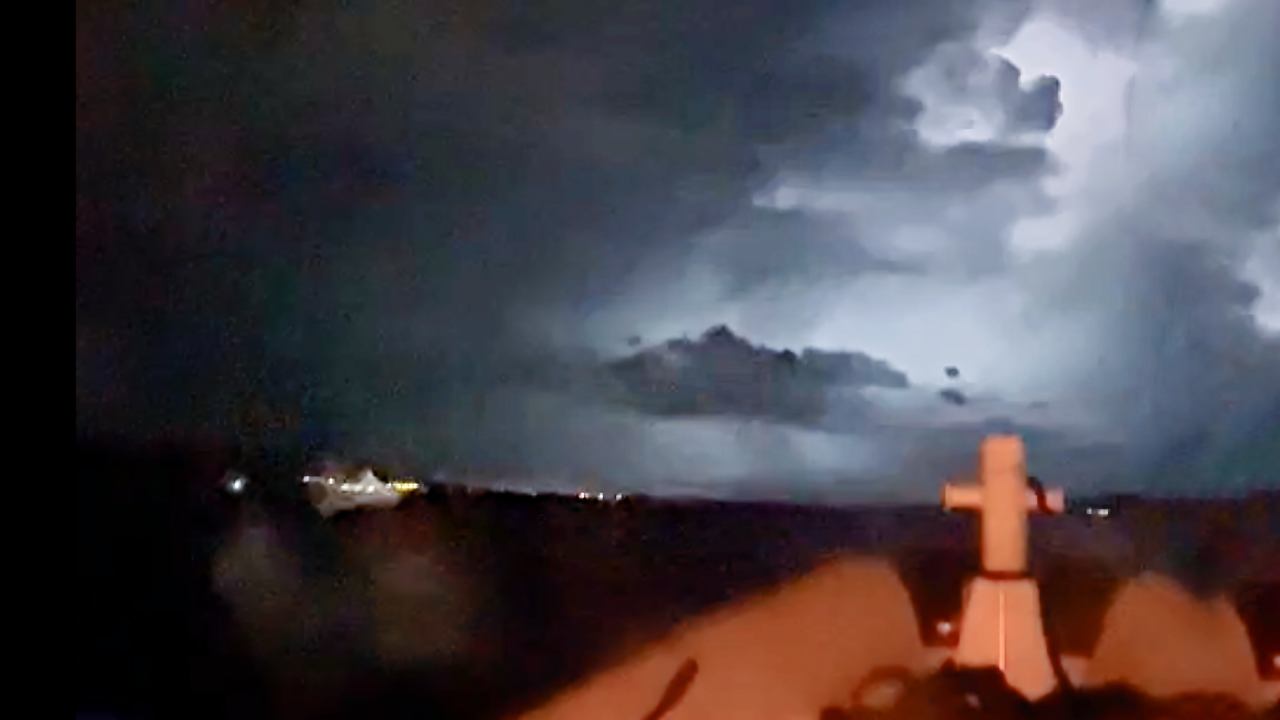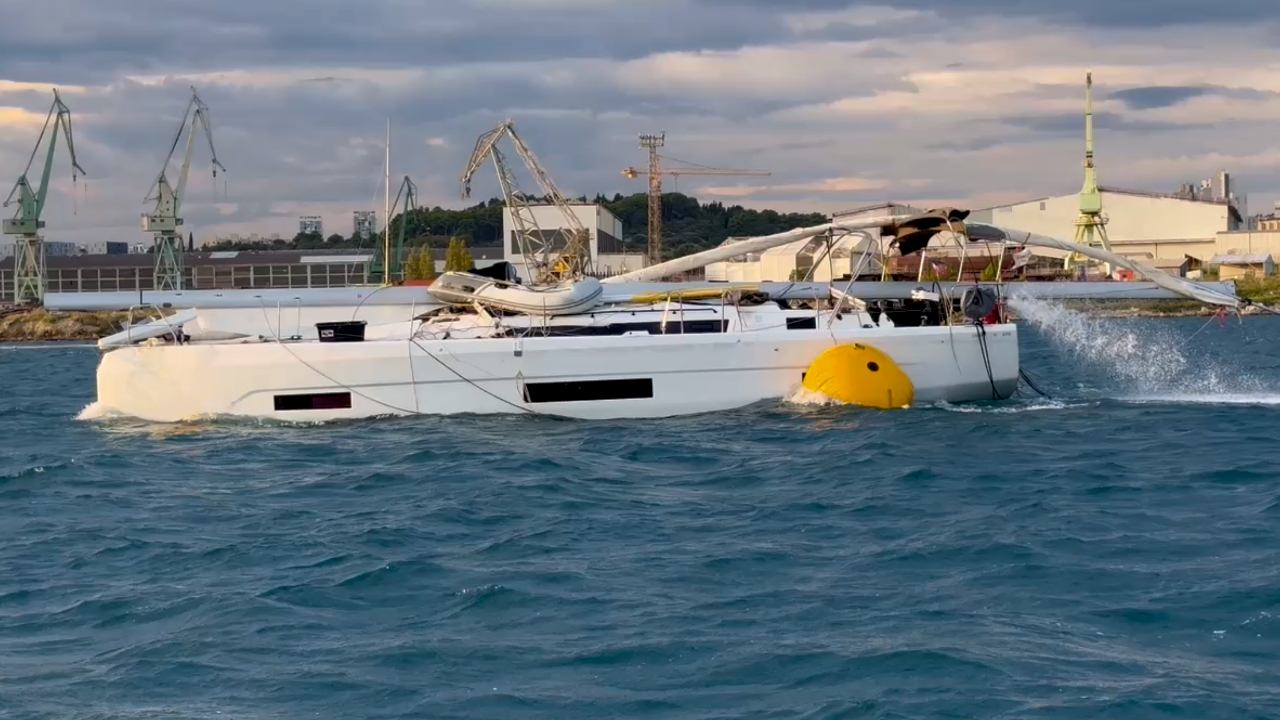The 2024 Season and Challenges for Navigational Safety
The 2024 season in the Adriatic was unusual and in many ways the most difficult so far. The entire month of August was marked by high temperatures, with constant heat above 40°C, which relaxed many sailors. But in early September, the situation drastically changed – a series of sudden storms and heavy rainfall caused chaos. While in previous years we encountered occasional bad weather, this year we witnessed a series of storms occurring without warning. Neverins, which lasted only half an hour, literally threw boats from anchorage and navigational routes onto the shore. Some boats ended up on roads, blocking traffic for days.

Stranded on the road
In marinas, boats were flooded at their moorings due to intense downpours and heavy rainfall, while the storms that ravaged the central Adriatic in September caused chaos among sailboats, catamarans, and other vessels. This season was truly one from paradise to hell.

Flooded by heavy rain
Extreme Weather as the New Normal
Such weather conditions are no longer an exception but a new reality at sea. Climate change, especially the large differences in air and sea temperatures, has led to an increase in the frequency of extreme weather events. Storms now arrive without notice or suddenly change direction and intensity. Many of these storms were unpredictable, meaning that standard weather forecasts were insufficient to provide timely warnings to sailors. Sudden storms were so frequent in 2024 that many skippers were left unable to respond quickly, resulting in dramatic situations at sea.
EmergenSea (ES) teams from Split to Zadar worked day and night, intervening in emergency situations. After about ten days of such intense activity, they were left without half their workforce and several emergency vessels. Towlines snapped, and boat engines were destroyed during attempts to tow and extract boats from dangerous situations. Crews were exhausted, sleeping on decks, organizing night watches to respond to the increasing number of calls for help. They often went from one intervention to the next, with no break in between.

Straight into the storm
Question of Responsibility and Prevention
Given everything that happened this season, one question arises: could any of this damage have been prevented? Can the damage suffered by charter companies and insurance firms be reduced? My personal opinion is that we are responsible for the situation due to what we failed to do in the past. In our rush for quantity and profit, and sometimes for glamour, we neglected quality, safety, and education. Poor education and lack of experience among skippers who take over boats have become the standard, while safety is often treated as secondary.
One of the key causes of this situation is the lack of systemic education prescribed by the government and the Ministry of the Sea. Their involvement in raising awareness and developing educational programs for sailors and skippers is essential. Without adequate education, practice, and training, sailors are increasingly vulnerable to the dangers that come with sudden and extreme weather changes. Implementing comprehensive training programs and tightening safety standards is crucial to reducing risks and ensuring safer vessel management.
Climate Change Demands Better Preparation
Rising air and sea temperatures, as well as changes in sea currents, further complicate navigation, while sudden changes in weather make the sea more unpredictable. Global warming is bringing stronger and more frequent seasonal storms, and with them, greater risks for those engaged in sailing and maritime activities. These climate changes require a greater focus on safety measures – not only from sailors but also from educational organizers, trade show organizers, charter companies, and marinas. Without their genuine involvement, the situation will only escalate.
Unfortunately, at trade shows where we present safety technologies and measures, visitors' attention is mainly focused on glamorous boats. Interest in safety is very low, especially among newly minted sailors. It's as if they forget that these same boats will one day have to sail in rough seas. They pass by our stand in wonder, not understanding the importance of what we offer – protection, assistance, and rescue at sea.
Conclusion
Climate change has brought challenges that the nautical industry, as well as all sea-goers, must learn to deal with. Safety at sea must become a priority, and this requires:
- Better education,
- Preparedness for unpredictable weather conditions,
- Investment in appropriate equipment,
- Focus on maritime safety.
It is also necessary to change the mindset within the Ministry of the Sea, and then among sailors, organizers, and charter companies so that everyone can respond better to the increasingly challenging navigation conditions that await us in the future.
Your EmergenSea Team


